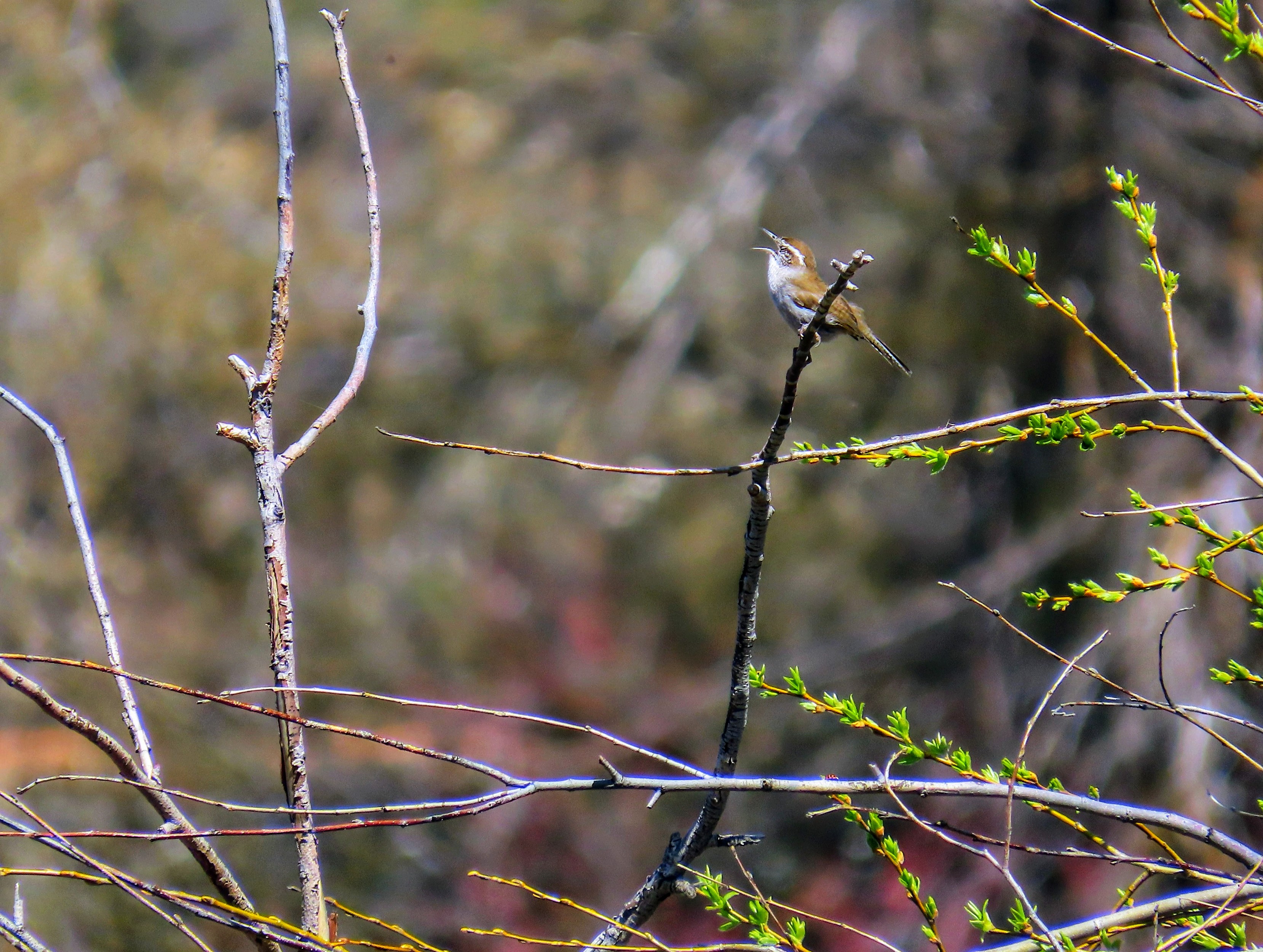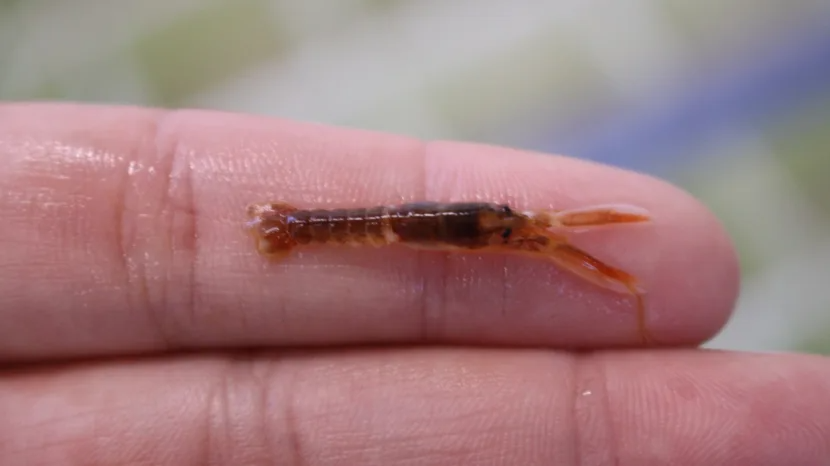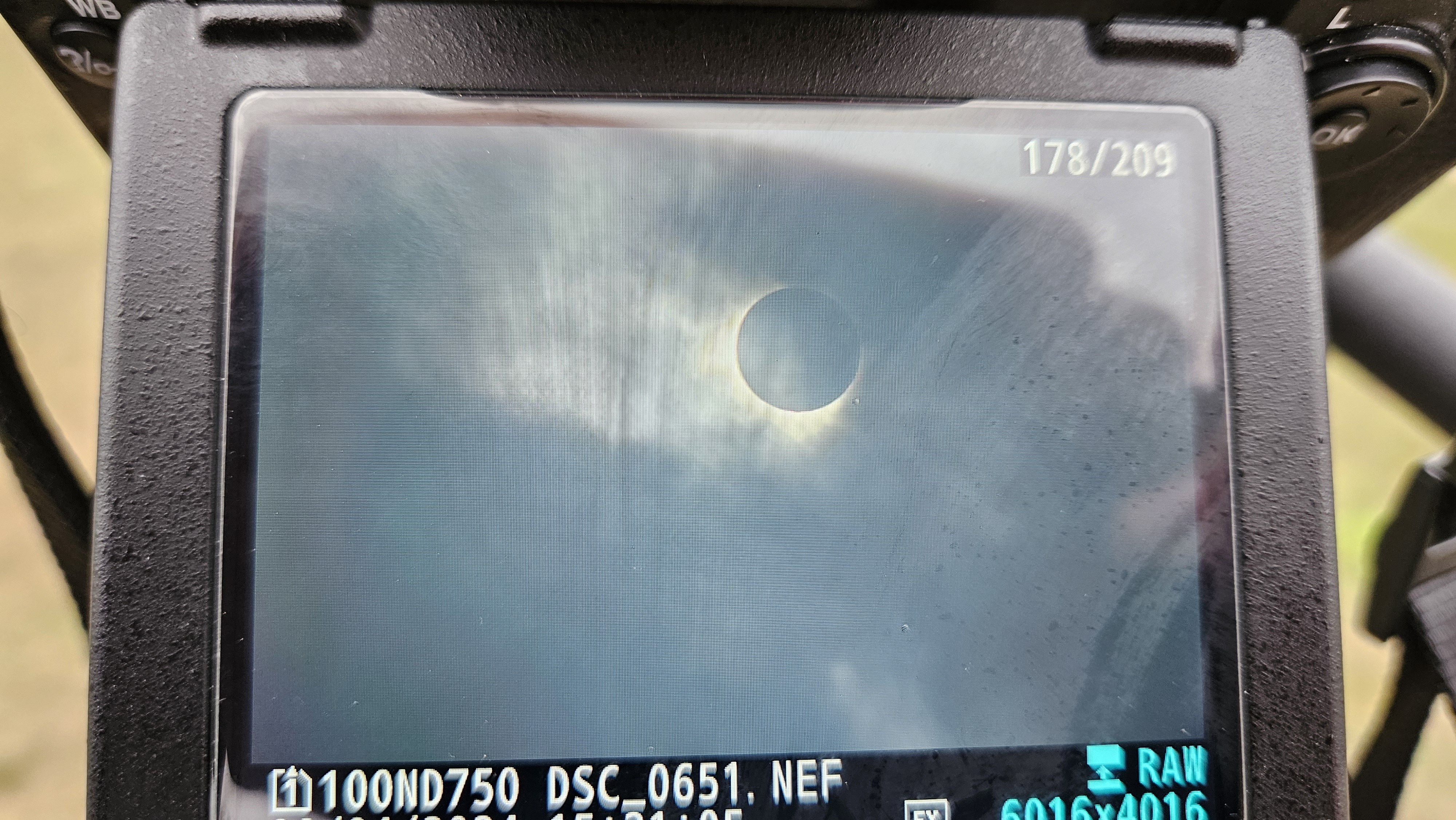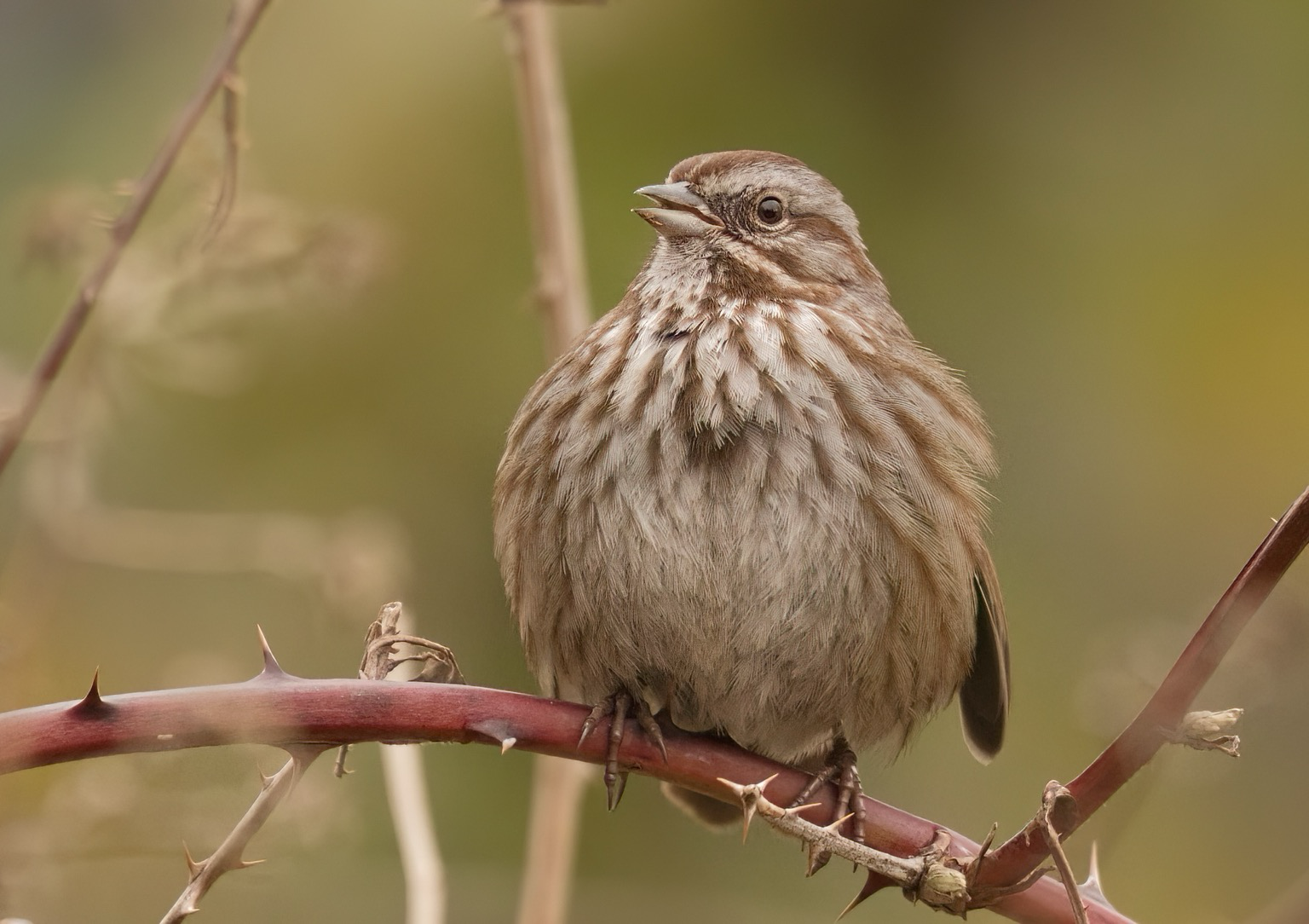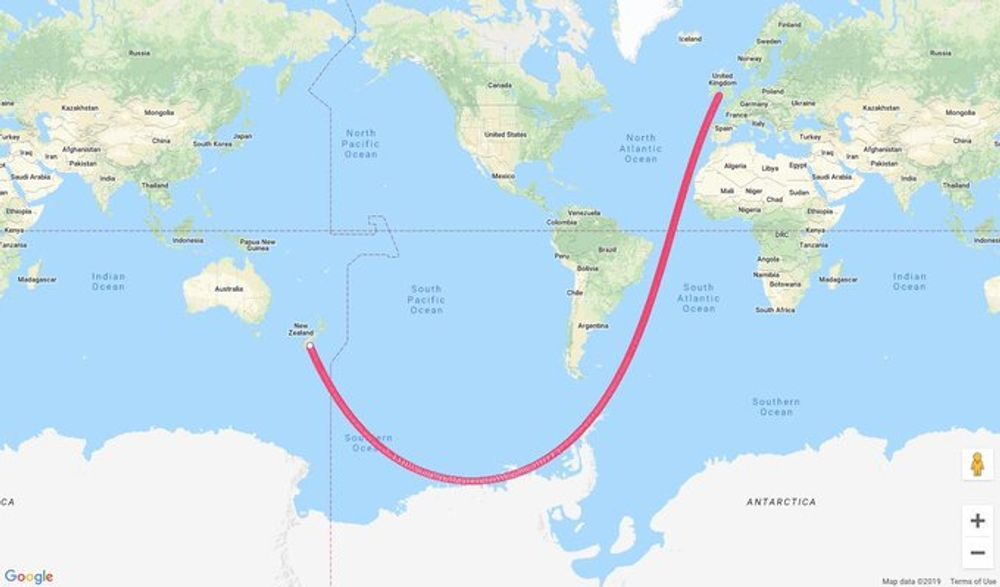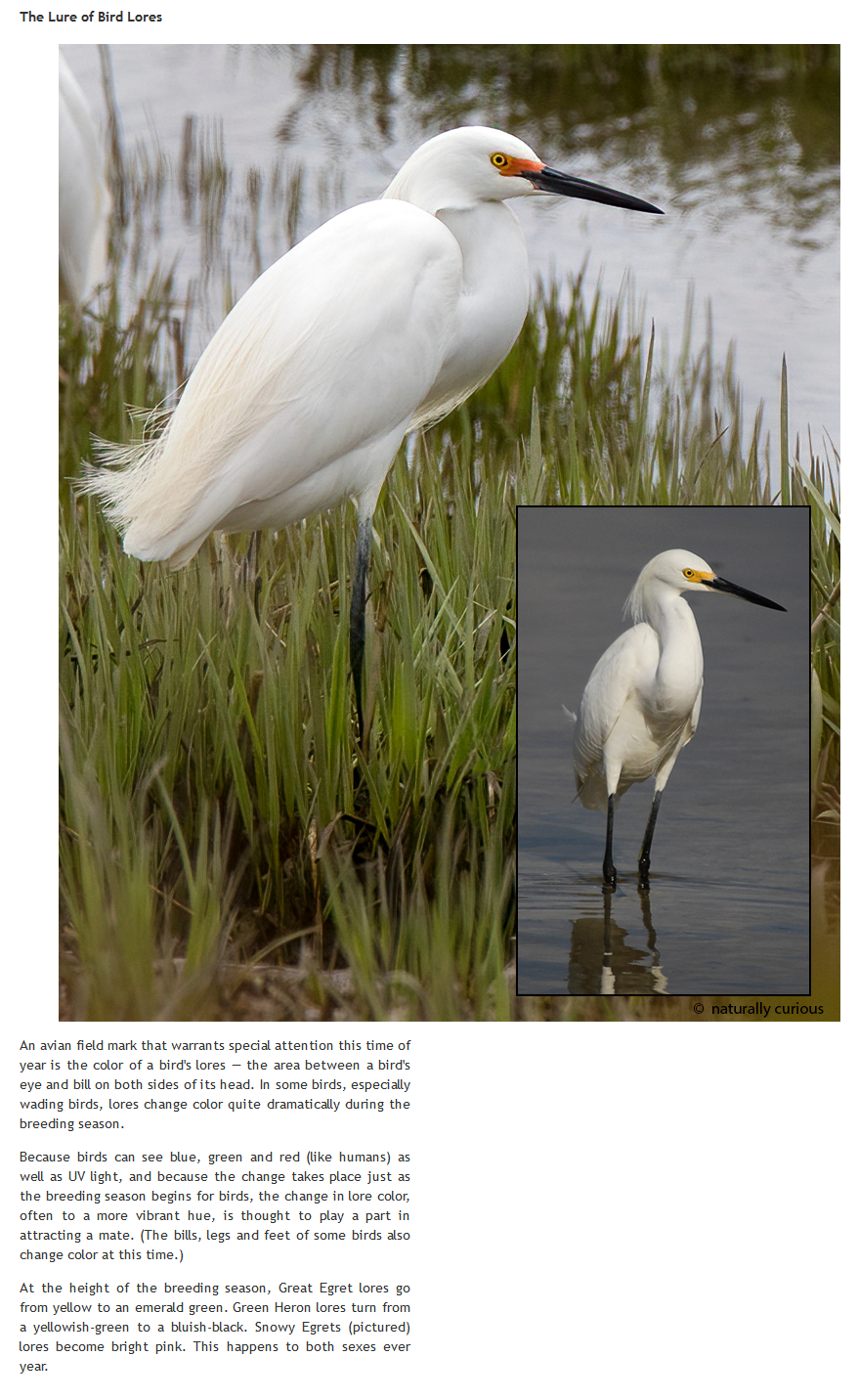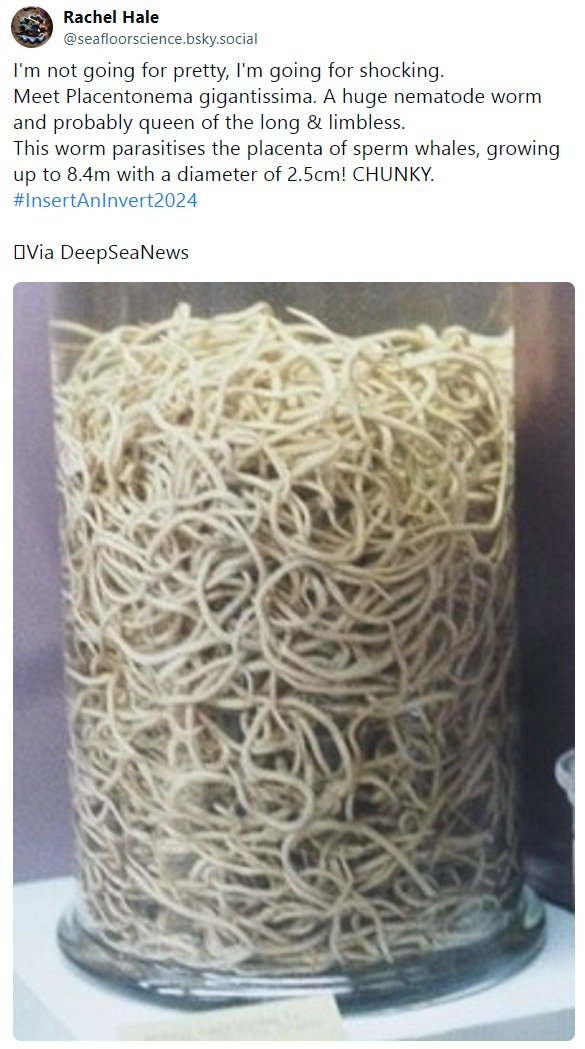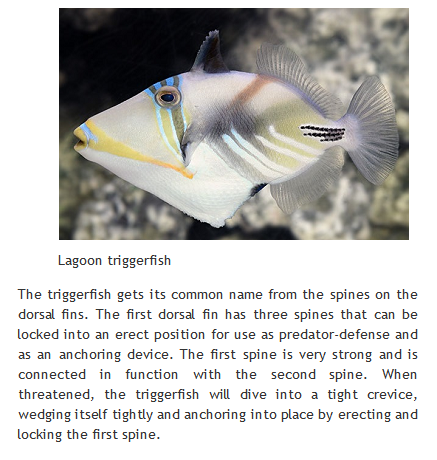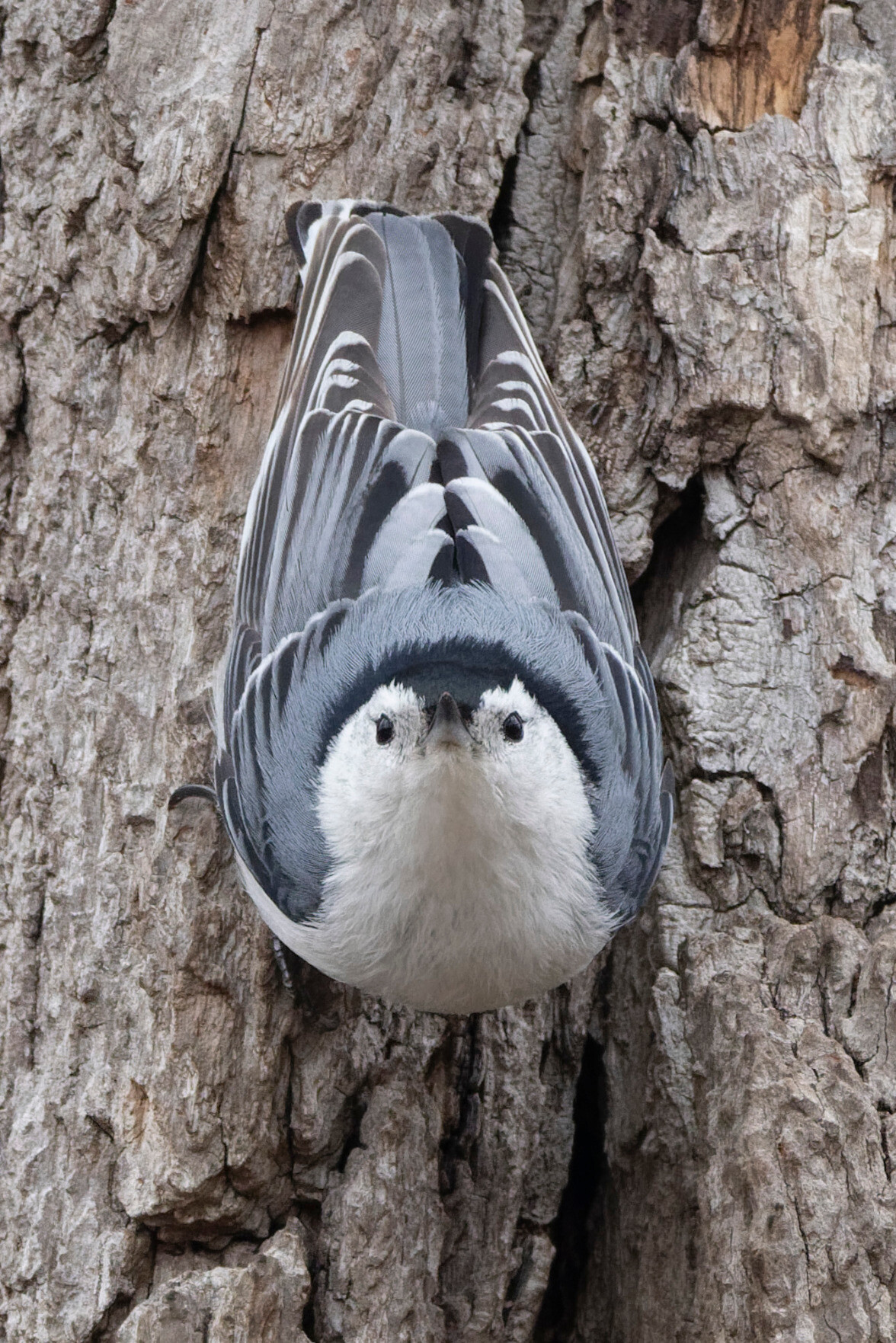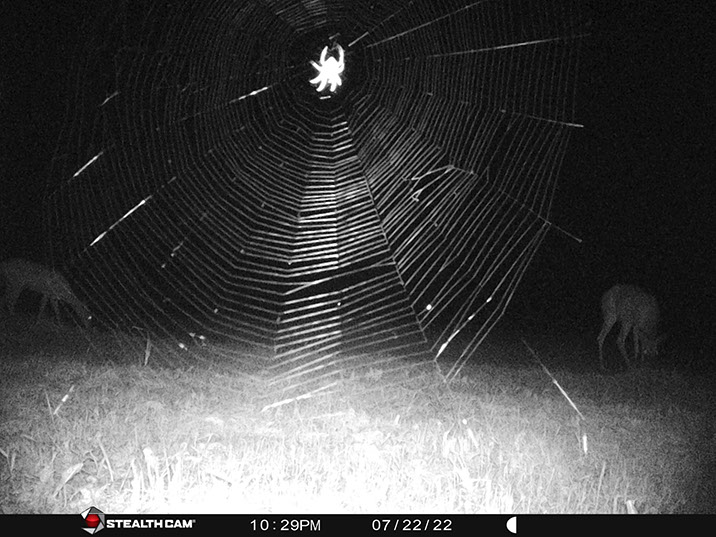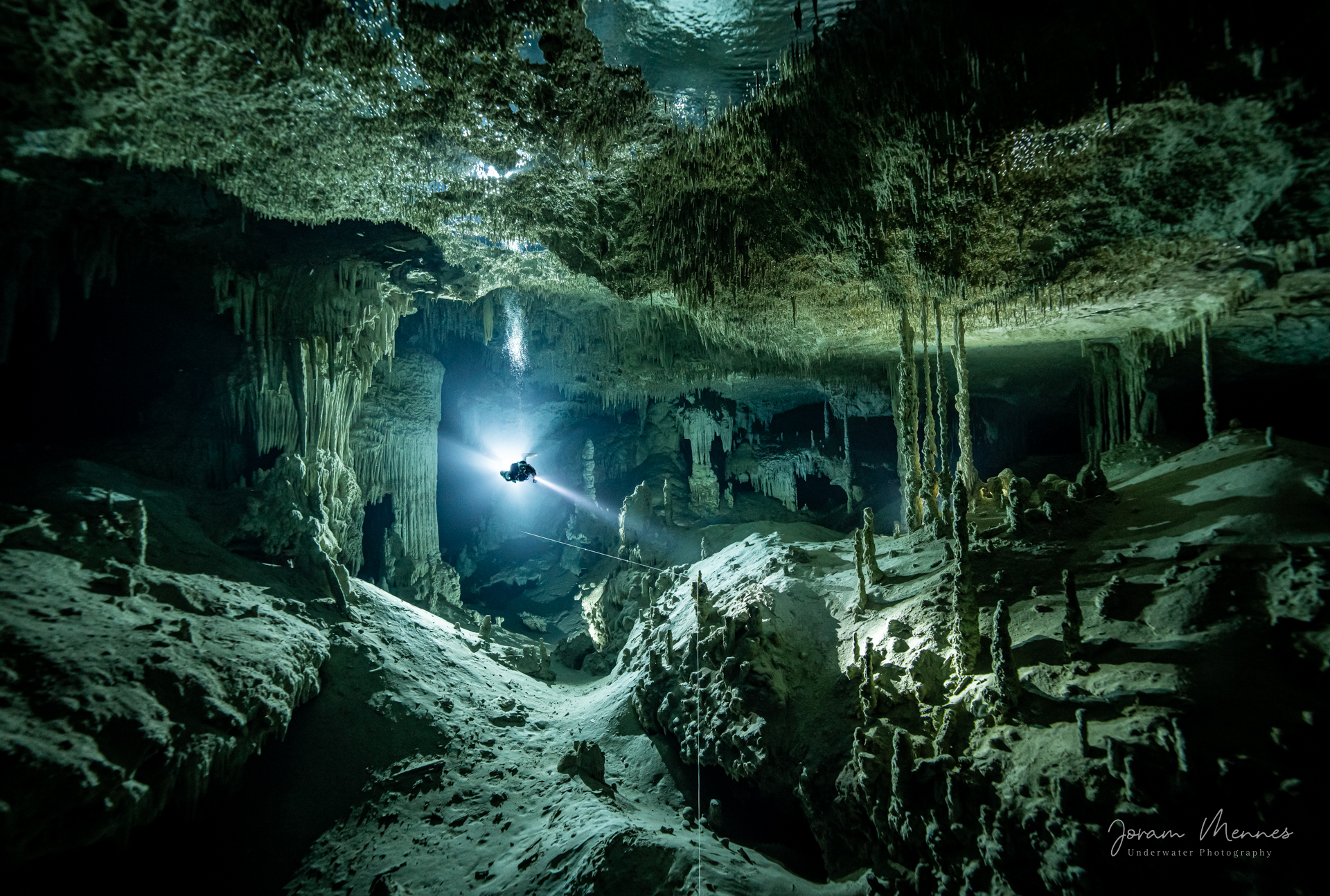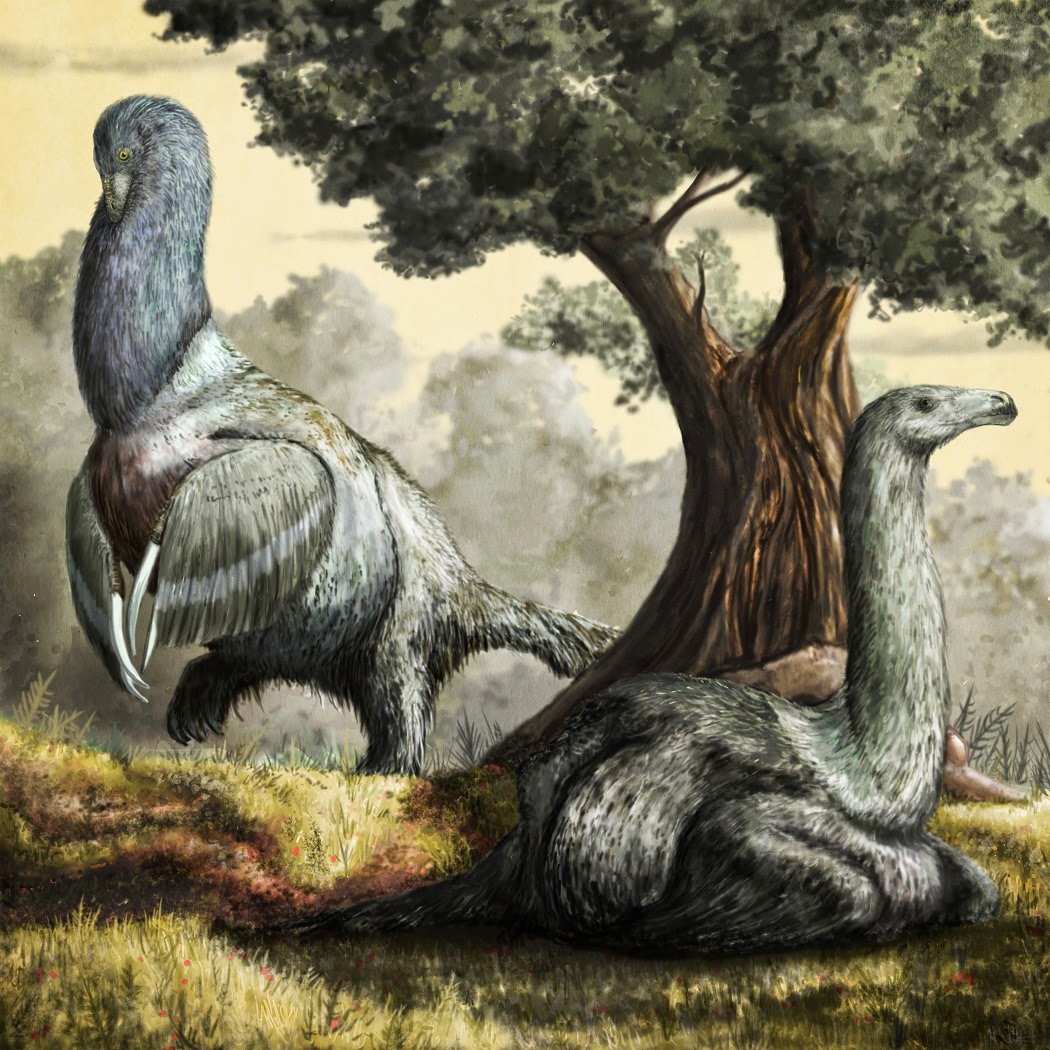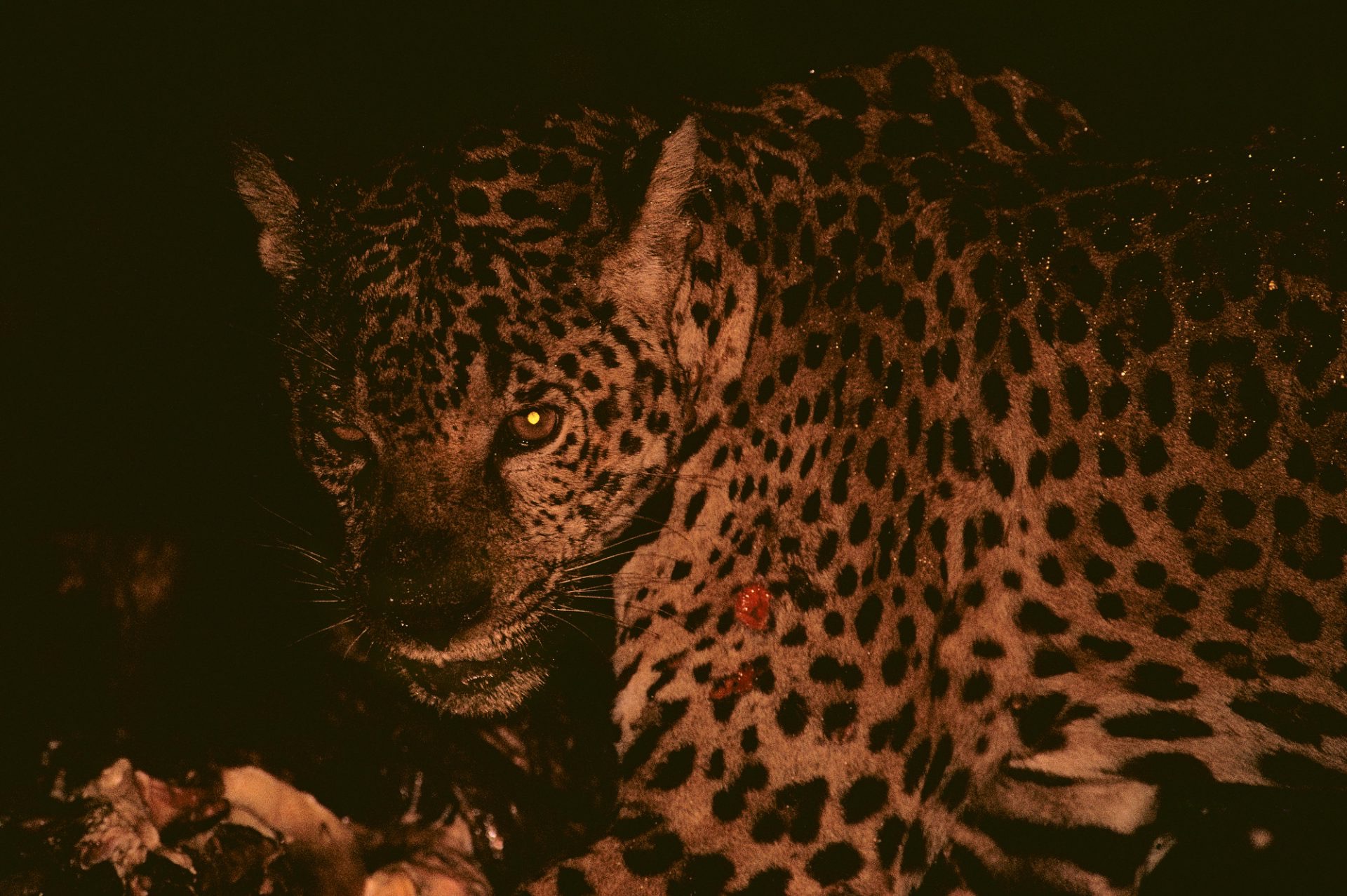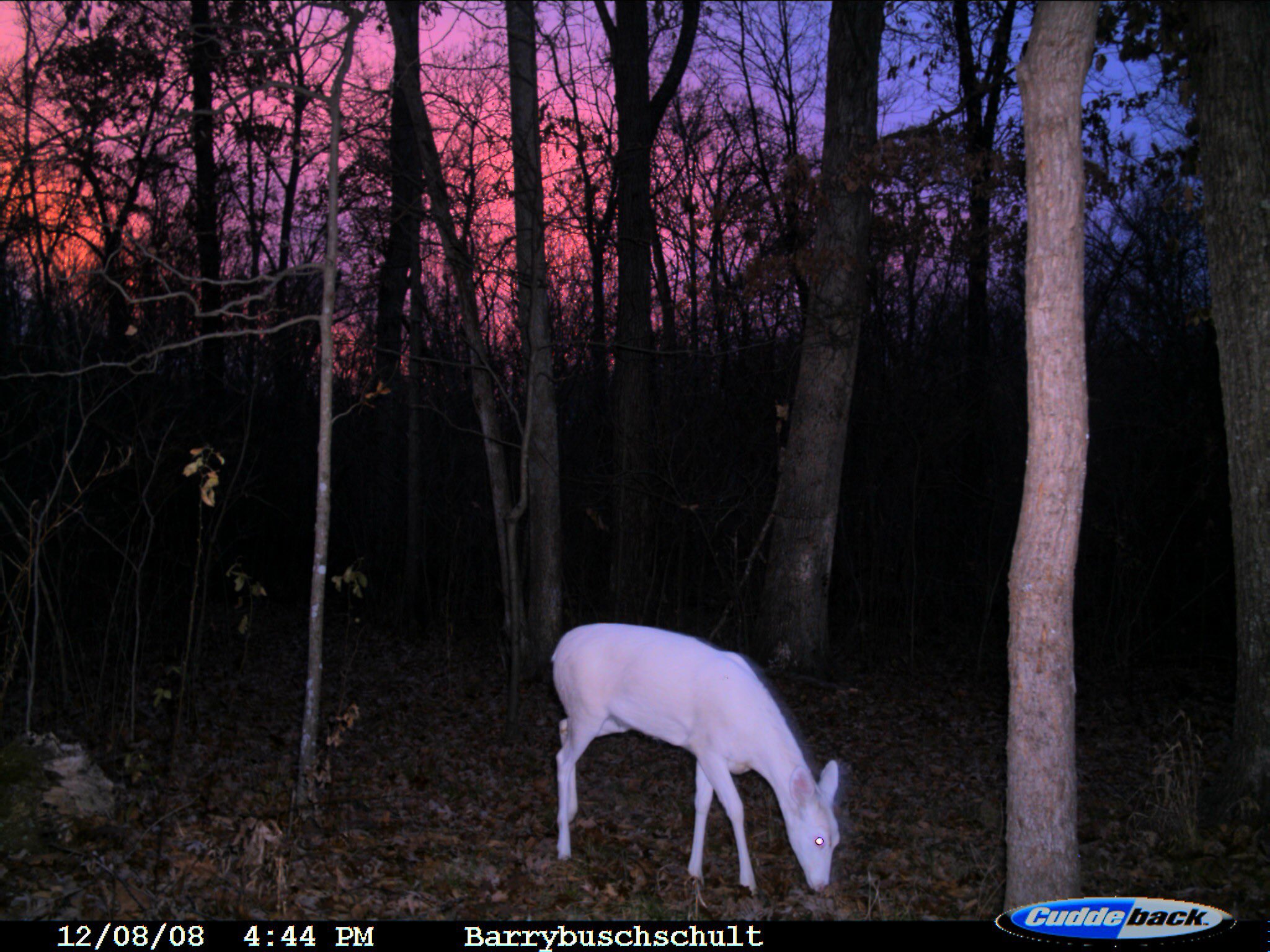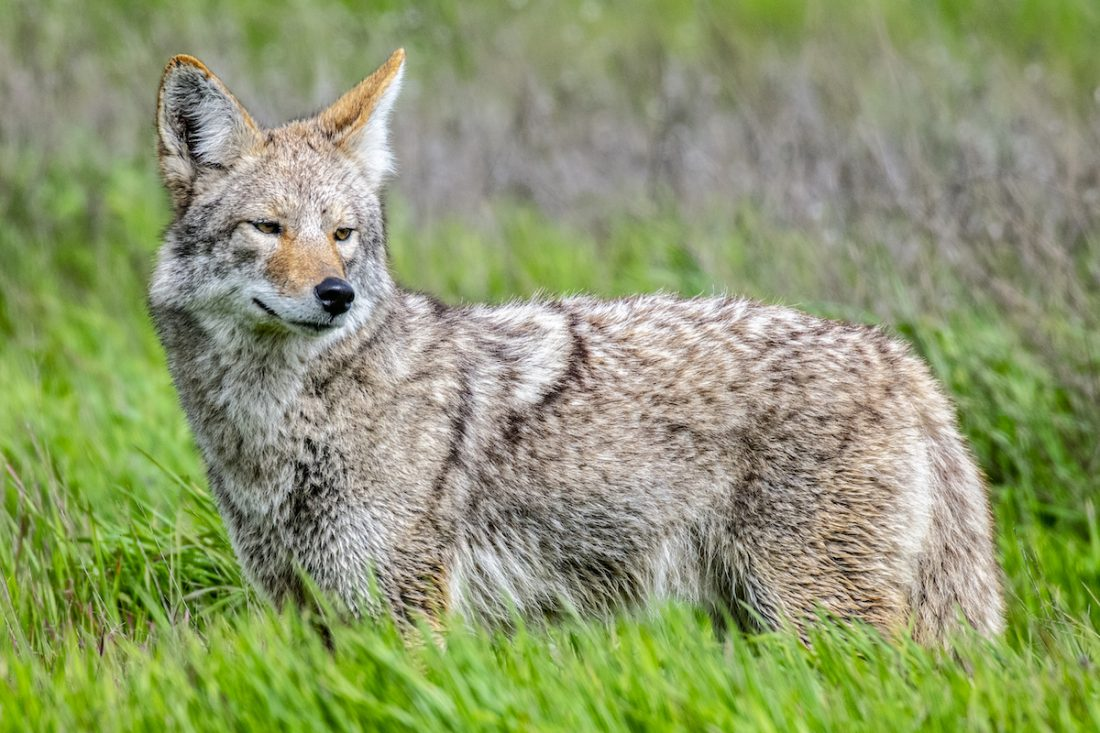The dingo is an ancient (basal) lineage of dog found in Australia. Its taxonomic classification is debated as indicated by the variety of scientific names presently applied in different publications. It is variously considered a form of domestic dog not warranting recognition as a subspecies, a subspecies of dog or wolf, or a full species in its own right.
The dingo is a medium-sized canine that possesses a lean, hardy body adapted for speed, agility, and stamina. The dingo's three main coat colourations are light ginger or tan, black and tan, or creamy white. The skull is wedge-shaped and appears large in proportion to the body. The dingo is closely related to the New Guinea singing dog: their lineage split early from the lineage that led to today's domestic dogs, and can be traced back through Maritime Southeast Asia to Asia. The oldest remains of dingoes in Australia are around 3,500 years old.
A dingo pack usually consists of a mated pair, their offspring from the current year, and sometimes offspring from the previous year.
Etymology
The name "dingo" comes from the Dharug language used by the Indigenous Australians of the Sydney area. The first British colonists to arrive in Australia in 1788 established a settlement at Port Jackson and noted "dingoes" living with indigenous Australians. The dingo has different names in different indigenous Australian languages, such as boolomo, dwer-da, joogoong, kal, kurpany, maliki, mirigung, noggum, papa-inura, and wantibirri.
Domestic status
The dingo is regarded as a feral dog because it descended from domesticated ancestors. The dingo's relationship with indigenous Australians is one of commensalism, in which two organisms live in close association, but do not depend on each other for survival. They both hunt and sleep together. The dingo is, therefore, comfortable enough around humans to associate with them, but is still capable of living independently. Any free-ranging, unowned dog can be socialised to become an owned dog, as some dingoes do when they join human families
History
The earliest known dingo remains, found in Western Australia, date to 3,450 years ago. Based on a comparison of modern dingoes with these early remains, dingo morphology has not changed over thousands of years. This suggests that no artificial selection has been applied over this period and that the dingo represents an early form of dog.[40] They have lived, bred, and undergone natural selection in the wild, isolated from other dogs until the arrival of European settlers, resulting in a unique breed.
Hybrids, distribution and habitat
The wolf-like canids are a group of large carnivores that are genetically closely related because their chromosomes number 78, therefore they can potentially interbreed to produce fertile hybrids. In the Australian wild there exist dingoes, feral dogs, and the crossings of these two, which produce dingo–dog hybrids.
Dingoes occurred throughout mainland Australia before European settlement. They are not found in the fossil record of Tasmania, so they apparently arrived in Australia after Tasmania had separated from the mainland due to rising sea levels. The introduction of agriculture reduced dingo distribution, and by the early 1900s, large barrier fences, including the Dingo Fence, excluded them from the sheep-grazing areas. Land clearance, poisoning, and trapping caused the extinction of the dingo and hybrids from most of their former range in southern Queensland, New South Wales, Victoria, and South Australia. Today, they are absent from most of New South Wales, Victoria, the southeastern third of South Australia, and the southwestern tip of Western Australia. They are sparse in the eastern half of Western Australia and the adjoining areas of the Northern Territory and South Australia. They are regarded as common across the remainder of the continent.
The dingo's present distribution covers a variety of habitats, including the temperate regions of eastern Australia, the alpine moorlands of the eastern highlands, the arid hot deserts of Central Australia, and the tropical forests and wetlands of Northern Australia. The occupation of, and adaption to, these habitats may have been assisted by their relationship with indigenous Australians.
Prey
The study found that these canines prey on 177 species represented by 72.3% mammals (71 species), 18.8% birds (53 species), 3.3% vegetation (seeds), 1.8% reptiles (23 species), and 3.8% insects, fish, crabs, and frogs (28 species). The relative proportions of prey are much the same across Australia, apart from more birds being eaten in the north and south-east coastal regions, and more lizards in Central Australia.
Communication
Compared to most domestic dogs, the bark of a dingo is short and monosyllabic, and is rarely used. Barking was observed to make up only 5% of vocalisations. Dog barking has always been distinct from wolf barking. Australian dingoes bark mainly in swooshing noises or in a mixture of atonal and tonal sounds.
Dingoes have three basic forms of howling (moans, bark-howls, and snuffs) with at least 10 variations. Usually, three kinds of howls are distinguished: long and persistent, rising and ebbing, and short and abrupt.
Additionally, howling seems to have a group function, and is sometimes an expression of joy (for example, greeting-howls).
Behaviour
Dingoes tend to be nocturnal in warmer regions, but less so in cooler areas. Their main period of activity is around dusk and dawn. The periods of activity are short (often less than 1 hour) with short times of resting. Dingoes have two kinds of movement: a searching movement (apparently associated with hunting) and an exploratory movement (probably for contact and communication with other dogs). According to studies in Queensland, the wild dogs (dingo hybrids) there move freely at night through urban areas and cross streets and seem to get along quite well.
Megathreads and spaces to hang out:
reminders:
- 💚 You nerds can join specific comms to see posts about all sorts of topics
- 💙 Hexbear’s algorithm prioritizes comments over upbears
- 💜 Sorting by new you nerd
- 🌈 If you ever want to make your own megathread, you can reserve a spot here nerd
- 🐶 Join the unofficial Hexbear-adjacent Mastodon instance toots.matapacos.dog
Links To Resources (Aid and Theory):
Aid:
Theory:
